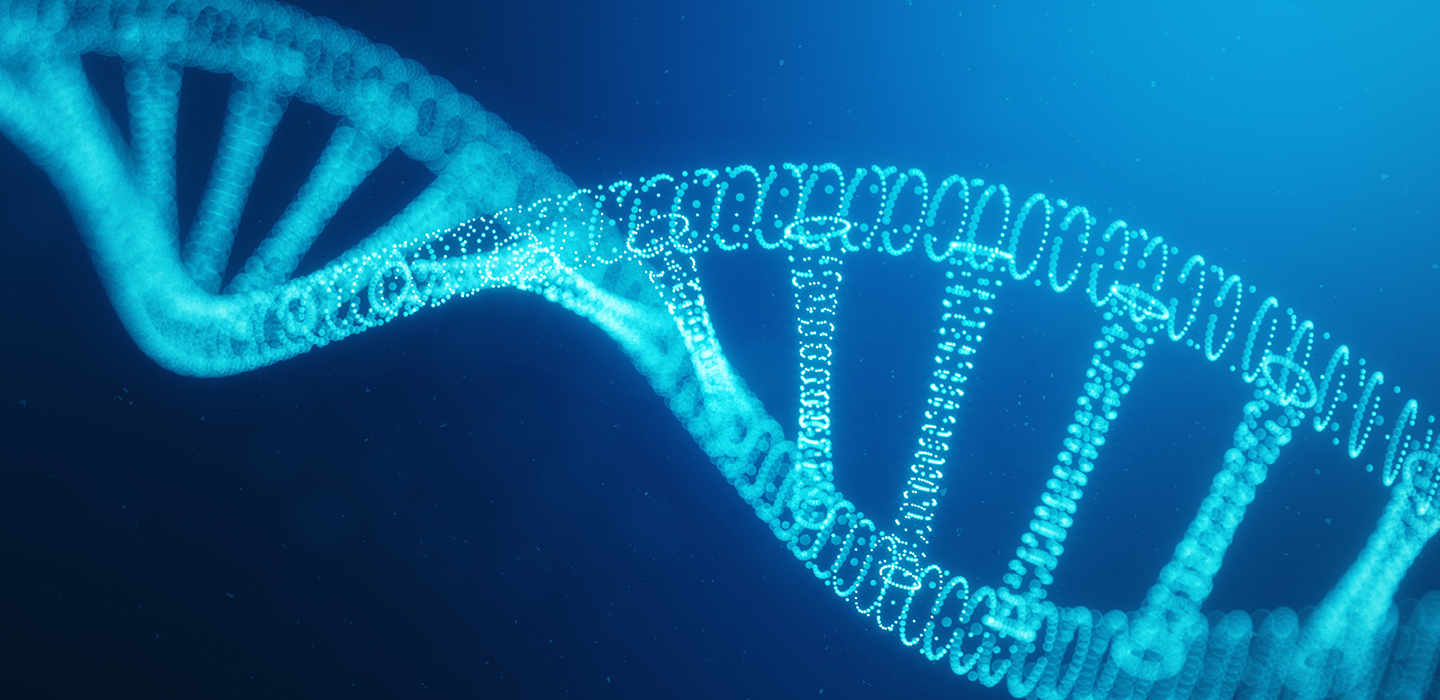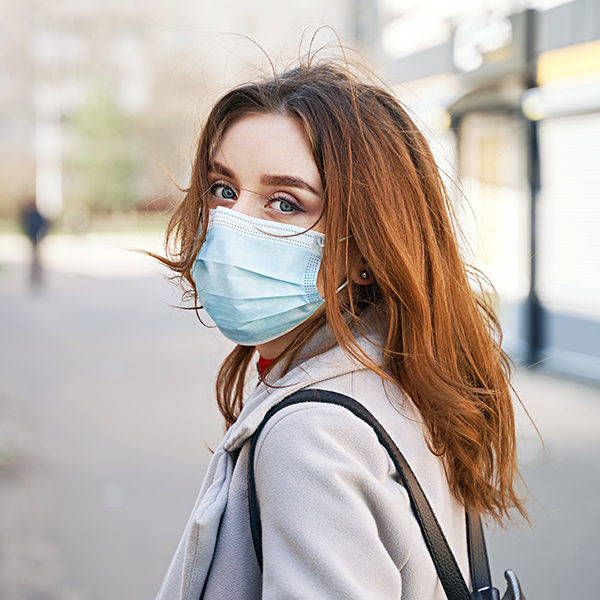Understand how viruses (like the COVID-19 virus) work once they're inside us

COVID-19 is a disease caused by SARS-CoV-2. Other conditions caused by viruses include the common cold, flu, measles, chickenpox and many more.
- Watch this video by Johns Hopkins Medicine to understand how coronaviruses work and what they do once they infect a host.
Viruses are tiny, infectious particles that have a really simple structure
Viruses are really just a coat of protein wrapped around some genetic material. This material is either deoxyribonucleic acid (DNA) or ribonucleic acid (RNA). Both are molecules that carry an organism's genetic information.
The protein coat on the outside of a virus features spikes which help it to attach to the surface of our cells when the virus infects us. When viruses attach to and enter our cells to cause an infection, our cells are called host cells as they 'host' the virus.
Why does the virus need us to host it in our cells?
Viruses can't reproduce on their own. They need host cells to be able to do this. When a virus gets into the body, it attaches itself to and enters a host cell and uses that host cell's genetic material to make copies of itself. This is called 'viral replication'. A virus can be reproduced many, many times in the host cell, within a few hours. Eventually the host cell breaks open and all the new virus particles move out into the body, infect other host cells, and repeat the process. The immune system can usually overcome the infection but can be overwhelmed if a high numbers of the virus particles start to infect more host cells, and repeat the process of replication.
This is how a virus spreads in the body.
Where do new strains or variants come into the process - and why?
- On Friday, 18 December 2020, Minister of Health Dr Zweli Mkhize announced that a new variant - called '501.V2' - of SARS-CoV-2 (the virus that causes COVID-19 disease) had been identified in South Africa. Why did a variant originate? What does this mean for you? How does this affect our vaccine roll-out? Find out now.
The healthy cells in our body are always dividing and making copies of themselves. When our cells multiply, special processes make sure that the genetic code is copied exactly from cell to cell.
We know that a virus infects our healthy cells (host cells) and redirects them to make copies of the virus. However, viruses lack the enzymes that make sure the virus' genetic code is exactly the same in each virus. That means that when viruses multiply, the gene sequence in each new virus may be slightly different from the one it's copied from.
It's as though the virus is trying to copy a sentence from virus to virus, but it lacks a spellcheck mechanism. So, a letter in a word or two may change along the way and nothing picks this up. Each new viral copy might then have a slightly different genetic code from the virus it was copied from - this is also true for its descendants.
We call these differences 'mutations'. Mutations are actually random errors. And even though they are random, they are actually critical for viruses to survive. They are a little like playing the lottery. Sometimes these unpredictable, random mutations produce results that give the virus zero benefit at all or even make it less effective. This is in fact what happened with the H1N1 virus, and why this virus didn't turn into a serious pandemic. Sometimes the mutations or genetic changes mean the virus gains new properties that make it more effective and create new 'variants'. It may, for example, gain changes to the spike proteins that help it to attach to host cells making the virus even better at outsmarting the body's natural immunity or vaccine-induced immunity.
Even small mutations can create new variants that our immune system might not recognise. Keep in mind that once we have fought off a particular viral strain, we develop antibodies and other immune responses against it that remain on guard for months to come and immediately respond if we become infected again. However, we won't have antibodies against new strains as they are different to previous viruses we have fought off. That means new strains will have time to infect us and spread in our bodies while our immune system mounts a brand new response.
All medical information found on this website including content, graphics and images, is for education and information objectives only. Discovery publishes content to help to promote a better understand of COVID-19 and COVID-19 vaccinations. The content covered is an overview of key concepts and is not exhaustive in nature. We encourage further reading from other credible sources where necessary.
South African organisations:
- National Department of Health's dedicated COVID-19 portal: https://sacoronavirus.co.za/
- National Institute for Communicable Diseases' (part of the National Health Laboratory Service) dedicated COVID-19 hub
- South African Health Products Regulatory Authority (SAPRHA - part of the National Department of Health).
- South African Medical Research Council (SAMRC)
- South African Medical Journal (SAMJ)
International Organisations:
- Johns Hopkins University
- Harvard Health, Harvard University COVID-19 resource center
- Mayo Clinic COVID-19 resource center
- New England Journal of Medicine (NEMJ)
- US Centers for Disease Control and Prevention (US CDC)
- US Food and Drug Administration (US FDA)
- World Health Organization (WHO)


